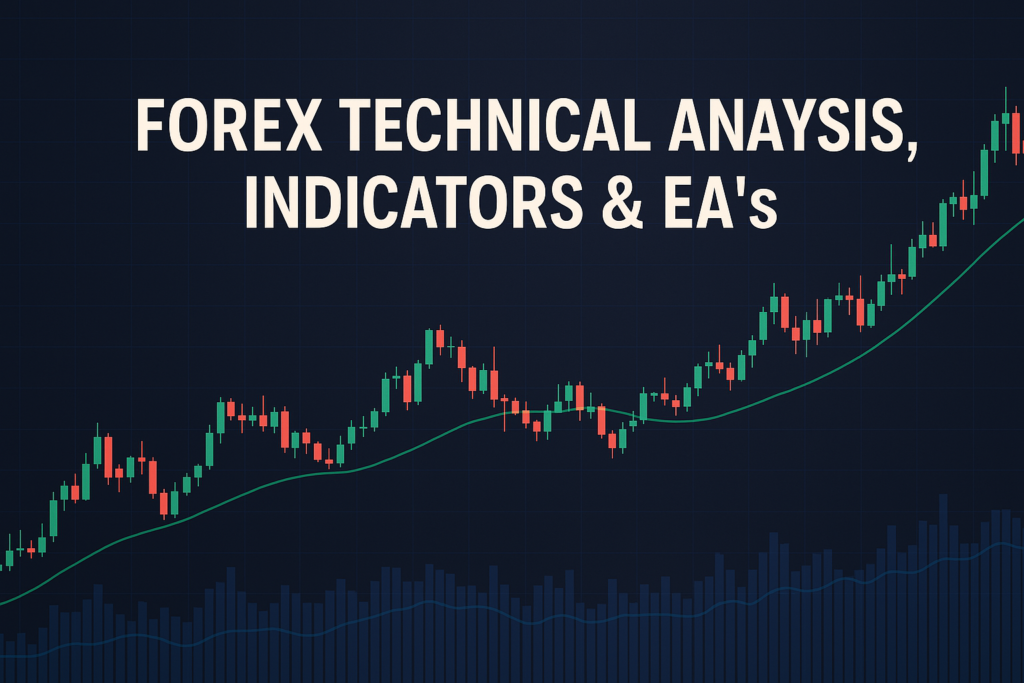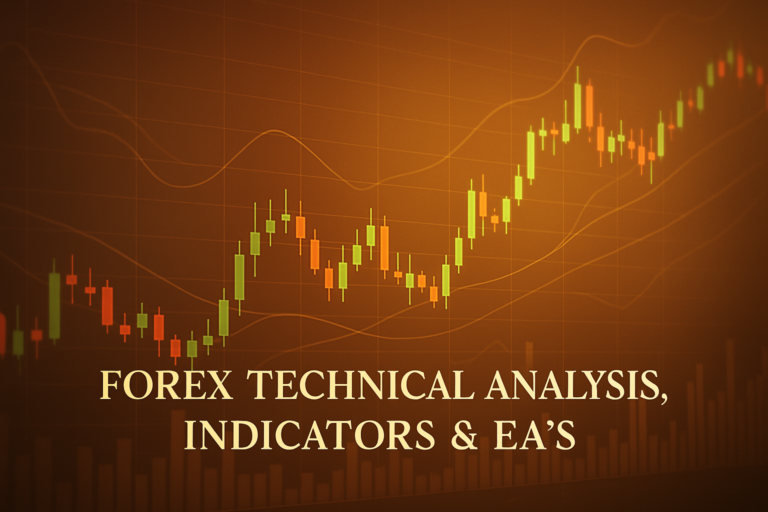
The SP500 200 week moving average is a key tool for traders to identify trends and enhance their Forex trading strategies.
The SP500 200 week moving average is a powerful tool in Forex trading. It helps traders understand market trends over a long period. This average takes into account the last 200 weeks of data from the S&P 500 index. It smooths out price fluctuations, making it easier to see the overall direction of the market. For traders, this can be a game-changer.
However, many traders, both beginners and professionals, struggle with using the SP500 200 week moving average effectively. They may not fully grasp its significance or how to incorporate it into their trading strategies. Understanding how to apply this moving average can help traders make better decisions and improve their trading outcomes.
In this article, we will explore the SP500 200 week moving average, its history, advantages, disadvantages, and how to apply it in your trading. We will also discuss various strategies, both standalone and combined with other indicators, to help you maximize your potential profits.
If you ever encounter the issue of the “Status Bar Not Showing Full Info,” don’t worry! You can find a solution in our guide on Status Bar Not Showing Full Info.
What is a SP500 200 Week Moving Average?
The SP500 200 week moving average is simply an average of the closing prices of the S&P 500 index over the last 200 weeks. Think of it as a way to smooth out the ups and downs of prices. Instead of focusing on daily price changes, this average helps traders see the bigger picture. By looking at a longer time frame, traders can better understand the overall trend.
Types of SP500 200 Week Moving Average
There are a few types of moving averages that traders can use:
- Simple Moving Average (SMA): This is the most basic type. It adds up the closing prices and divides by the number of weeks.
- Exponential Moving Average (EMA): This type gives more weight to recent prices, making it react faster to price changes.
- Weighted Moving Average (WMA): Similar to the EMA, but it assigns different weights to different periods.
How SP500 200 Week Moving Average Smooths Out Price Action
The SP500 200 week moving average smooths out price action by reducing the impact of short-term fluctuations. For example, if the market experiences a sudden spike or drop, this moving average will not react as dramatically. Instead, it helps traders focus on the overall trend, whether it’s upward or downward. This makes it easier to make informed trading decisions.
Common Periods Used and Why
While the 200-week period is popular, traders may also use shorter or longer periods. Common alternatives include the 50-week or 100-week moving averages. Using different periods can help traders identify trends and reversals at various stages. The key is to find the period that aligns best with your trading strategy.
The History of SP500 200 Week Moving Average: How It Became Popular
Origin of SP500 200 Week Moving Average
The SP500 200 week moving average has its roots in traditional technical analysis. It was developed to help traders and investors make sense of market fluctuations. This concept has been around for decades, but its widespread use began with the rise of computer trading systems in the late 20th century.
When Did Traders Start Using It Widely?
Traders began using the SP500 200 week moving average more frequently in the early 2000s. As online trading platforms became more accessible, many traders turned to moving averages as a way to gauge market trends. Over time, it became a staple in many traders’ toolkits.
Real-Life Stories
Many professional traders have attributed significant successes to their use of the SP500 200 week moving average. For instance, a trader who focused on long-term trends used this moving average to identify a bullish market. By following the upward trend, they made profitable trades, turning a small investment into substantial returns.
Advantages and Disadvantages of SP500 200 Week Moving Average
Advantages:
- Helps Identify Trends Easily: The SP500 200 week moving average makes it simple to spot whether the market is trending up or down.
- Useful for Dynamic Support and Resistance: Traders often use it to identify potential support and resistance levels.
- Works Well for Crossover Strategies: Many traders use it in conjunction with shorter moving averages for crossover strategies, enhancing their entry and exit points.
Disadvantages:
- lags Behind Price Movements: Because it is based on past prices, the SP500 200 week moving average can lag behind current market conditions.
- Can Give False Signals in Sideways Markets: In a ranging market, traders may receive unclear signals, leading to potential losses.
How to Apply SP500 200 Week Moving Average on MT4 & MT5
Step-by-Step Guide to Adding SP500 200 Week Moving Average on Charts
To add the SP500 200 week moving average on your MT4 or MT5 platform, follow these simple steps:
- Open your trading platform and select the chart you want to analyze.
- Click on “Insert” in the main menu, then choose “Indicators” and select “Moving Average.”
- Set the period to 200 and choose your desired type (SMA, EMA, etc.).
- Click “OK” to add it to your chart.
Customizing SP500 200 Week Moving Average Settings
You can customize the SP500 200 week moving average’s appearance to make it more effective for your analysis. Change the color and style to ensure it stands out against the price action on your chart. This will make it easier to interpret the signals it provides.
Saving Templates for Easy Application
Once you’ve customized your SP500 200 week moving average settings, save it as a template for future use. This way, you won’t have to repeat the customization process every time you open a new chart. Just load the saved template, and you’re ready to go!
5 to 7 Trading Strategies Using Only SP500 200 Week Moving Average
1. All Time Frame Strategy (M5 to D1)
This strategy works across multiple time frames. Traders can look for buy signals when the price crosses above the SP500 200 week moving average and sell signals when it crosses below.
2. Trending Strategies
In a strong trending market, you can look for opportunities to buy when the price is above the moving average and sell when it is below.
3. Counter Trade Strategies
This strategy involves taking trades against the trend when the price approaches the SP500 200 week moving average. For example, if the price is falling, consider a buy near the moving average.
4. Swing Trades Strategies
For swing traders, enter a buy position when the price bounces off the SP500 200 week moving average and a sell position when it shows signs of rejection from above.
5. Divergence Strategy
Look for divergence between the SP500 200 week moving average and price action. If the price is making new highs while the moving average is not, it may signal a reversal.
6. Breakout Strategy
Use the SP500 200 week moving average to identify breakout points. When the price breaks above the moving average after a consolidation, it may indicate a strong upward trend.
5 to 7 Trading Strategies Combining SP500 200 Week Moving Average with Other Indicators
1. Moving Average Convergence Divergence (MACD)
Combine the SP500 200 week moving average with the MACD indicator. Buy when the MACD crosses above zero while the price is above the moving average.
2. Relative Strength Index (RSI)
Use the RSI to confirm signals from the SP500 200 week moving average. Buy when the price is above the moving average and the RSI is below 30 (oversold).
3. Bollinger Bands
Trade breakout signals when the price touches the upper or lower Bollinger Band while above or below the SP500 200 week moving average.
4. Fibonacci Retracement
Identify key retracement levels in conjunction with the SP500 200 week moving average to find potential entry points. For example, a retracement to the moving average may indicate a buying opportunity.
5. Volume Indicators
Combine the SP500 200 week moving average with volume analysis. Look for increasing volume when the price crosses above the moving average as a confirmation of strength.
6. Mesa Adaptive Moving Average
The Mesa Adaptive Moving Average can also complement your analysis. For more insights, check our guide on the mesa adaptive moving average.
Top 10 FAQs About SP500 200 Week Moving Average
1. What is the SP500 200 week moving average?
The SP500 200 week moving average is the average price of the S&P 500 index over the last 200 weeks, helping traders identify trends.
2. How do I calculate the SP500 200 week moving average?
Add the closing prices of the S&P 500 index for 200 weeks and divide by 200.
3. Why is the SP500 200 week moving average important?
It helps traders see long-term trends and make better trading decisions.
4. Can the SP500 200 week moving average be used for short-term trading?
While it’s primarily a long-term tool, some traders can use it for short-term signals in trending markets.
5. What are the limitations of the SP500 200 week moving average?
It lags behind price movements and can give false signals in sideways markets.
6. How often should I check the SP500 200 week moving average?
It’s best to check it regularly, especially if you’re trading on longer time frames.
7. Can I use the SP500 200 week moving average with other indicators?
Yes, it works well with other indicators like the MACD and RSI for confirmation.
8. What time frames work best with the SP500 200 week moving average?
This moving average can be applied to various time frames, including M5 to D1.
9. Is the SP500 200 week moving average suitable for beginners?
Yes, it is a simple and effective tool for beginners to understand market trends.
10. How can I improve my trading using the SP500 200 week moving average?
Practice using it in different strategies and test them on demo accounts before trading with real money.
Conclusion
In summary, the SP500 200 week moving average is a valuable tool in Forex trading. It helps traders identify trends, set support and resistance levels, and develop effective strategies. Understanding its advantages and disadvantages can significantly improve your trading decisions.
Before diving into the market, take the time to test different strategies using the SP500 200 week moving average. This way, you’ll be better prepared to make informed trades and manage your risk effectively. Happy trading!
Want to build a solid foundation in forex? Here’s a recommended read Bloomberg, International Monetary Fund
Expand Your Knowledge
- 📌 Forex Trading Learning Road Map
- 📌 Forex Trading Course with no Fees
- 📌 Forex Trading Issues, Problems, and Solutions
- 📌 Forex Daily Forecast & Live Updates
- 📌 Forex Fundamental & News Analysis: Tomorrow’s Market Movers & Trade Opportunities
- 📌 Forex Education Hub: Learn & Profit
- 📌 Forex Technical Analysis, Indicators & EA’s
Start Trading Today
Ready to take your forex trading to the next level? Open an account with Exness, one of the most trusted platforms in the industry. 👉 Sign Up Now and trade with confidence!
My recommended broker stands out with ultra-low spreads for beginners, instant withdrawals, and zero spread accounts for pro traders.
Trusted since 2008, lightning-fast execution, no hidden fees, and a secure, transparent trading environment—giving you the edge you need to succeed. 🚀
YouTube Video Library: Related Videos
Note: The video above is embedded from YouTube and is the property of its original creator. We do not own or take responsibility for the content or opinions expressed in the video.



